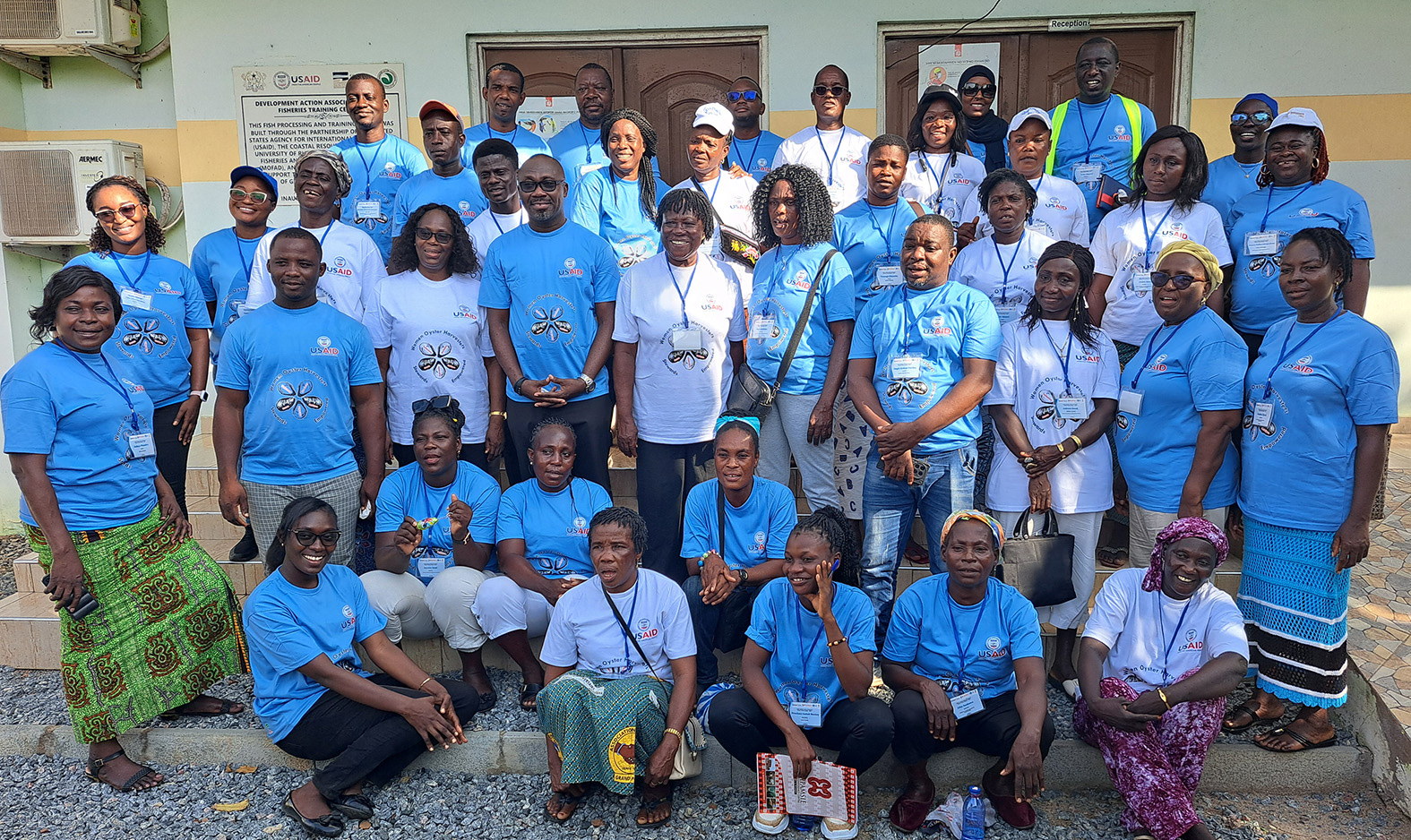Country
Profiles
Country
Networks
Country
Associations
Ivory Coast
Overview
Côte d'Ivoire is a coastal country in West Africa, bordering the Atlantic Ocean. Its maritime façade, located in the south of the country, is part of the Gulf of Guinea. The Ivorian coastline is 590 km long and is one of the longest in West Africa. The coastline is bounded on the west by the Cap de Palmas and on the east by the Three Points. Two-thirds of the coast is composed of sandy beaches, interrupted by mangrove ecosystems, lagoons, the Bandama River at Grand Lahou and the Comoe River at Bassam. The coastline of Côte d'Ivoire, which represents only 7% of the total area of the country, concentrates over 30% of the national population. This strong human presence corresponds with a significant food need. In coastal areas, food from aquatic environments contributes significantly to the nutrition of the population living there.| Basic Contextual Information | |
|---|---|
|
Country
|
Côte d'Ivoire
|
|
Total land area
|
322,463 km²
|
|
Population
|
25.72 million (2019)
|
|
Percentage population living in/near the coast
|
36%
|
|
Gross Domestic Product (GDP)
|
43.01 billion USD (2018)
|
|
Human Development Index (HDI)
|
0.516 (165 out of 189)
|
|
Length of coastline
|
590 km
|
|
Fish consumption (as percent of animal protein)
|
38.7%
|
|
Anaemia prevalence
|
63% among under-five children 52.9% among women of reproductive age (15-49)
|
|
Estimated mangrove cover
|
5,792 ha (2016)
|
|
Estimated estuarine and mangrove ecosystem-based shellfish harvesters
|
544
|
|
Estimated women shellfish harvesters (percent)
|
381 (70%)
|
|
Estimated direct household beneficiaries
|
4,305
|
|
Number of coastal systems with mangrove-based shellfishing
|
--
|
|
Shellfish management regulations
|
Law No. 2016-554
|
|
Mangrove management regulations
|
--
|
|
Coastal ecosystems with shellfisheries identified in Ramsar sites
|
Parc National D’azagny (19,400 ha) Grand Bassam (40,210 ha) Iles Ehitile-Essouman (27,274 ha) N’ganda (14,402 ha)
|
A total of 25 shellfish resource users out of an estimated 544 shellfishers present in Côte d'Ivoire and 30 non-resource user stakeholders participated in the assessment. Women dominate the shellfishing sector in Côte d'Ivoire. The total number of shellfish harvesters present per site visited was estimated to be approximately 25 with a composition of 90% women and 10% men. An estimated 4,305 persons are direct household shellfisheries beneficiaries based on the findings of this study.
Women are vertically integrated throughout the entire shellfish value chain in Côte d'Ivoire, operating as harvesters, processors, marketers, and consumers. In fact, the only role of men exists in the assistance of women in harvesting activities, namely through transportation. Women harvesters report that if they acquired motorized canoes to reach distant harvest areas, they would eliminate all reliance on men. This vertical integration implies that value chain improvements at any node can directly benefit women harvesters and thus creates an opportunity to incentivize behavior change for sustainable resource management.
There are currently no regulations or customary provisions to control the quantity or sizes of shellfish harvested in Côte d'Ivoire. However, incidences of local management via informal organization exist, such as in Sassandra where women shellfishers have formed a brigade to monitor and manage their mangrove habitat.
Côte d'Ivoire hosts a substantial amount of wetland area with active shellfishing activity that are designated either as protected or as areas of international importance, including four Ramsar sites covering a total area of over 100,000 hectares. Thus, there are clear and impressive potential benefits of effective co-management for both the protection of critical habitat and sustained and improved livelihoods of women shellfishers.
Recommendations based on the findings of this study are as follows:
Shellfish actors should be educated on the ecological services provided by shellfish and mangrove systems, and on promoting sustainable utilization of the resources. This could include specific training in the sustainable exploitation of shellfish and effective protection of associated mangrove habitat.
Where possible, degraded mangrove ecosystems should be rehabilitated and protected against any form of exploitation, and a cartography of the Ivorian coast should be established, highlighting the mangrove ecosystems.
Shellfish actors should be assisted with soft loans and protective gear (i.e. diving apparatus, shucking gloves, waders etc.) to enhance their businesses.
Better means and techniques of sustainable conservation should be taught to women actors to avoid accelerated sales at low prices; this means that shellfish resource users should be equipped with skills in value addition to generate higher income, extend the shelf life of the product, and possibly penetrate high-value markets.
Where possible and in collaborative co-management with shellfishing communities, existing laws and other prefectural decrees should be applied in their entirety.
Shellfish Association
Reports
-
-
The Estuarine and Mangrove Ecosystem-Based Shellfisheries of West Africa: Spotlighting Women-Led Fisheries LivelihoodsView Technical Report
-
Participatory Assessment of Shellfisheries in the Estuarine and Mangrove Ecosystems of Côte d’IvoireView Technical Report
-
Literature Review for the Participatory Regional Assessment of the Shellfisheries in 11 Countries from Senegal to NigeriaView Technical Report
-
West Africa Women-led Shellfisheries Co-Management in a Global Context: Case Studies From Africa, Asia, and South AmericaView Technical Report
-
Multivariate Analysis of the Theory of Change ModelView Technical Report
-
Presentations
-
No Presentations
Get started by creating a new presentation.
News, Stories & Conversations


